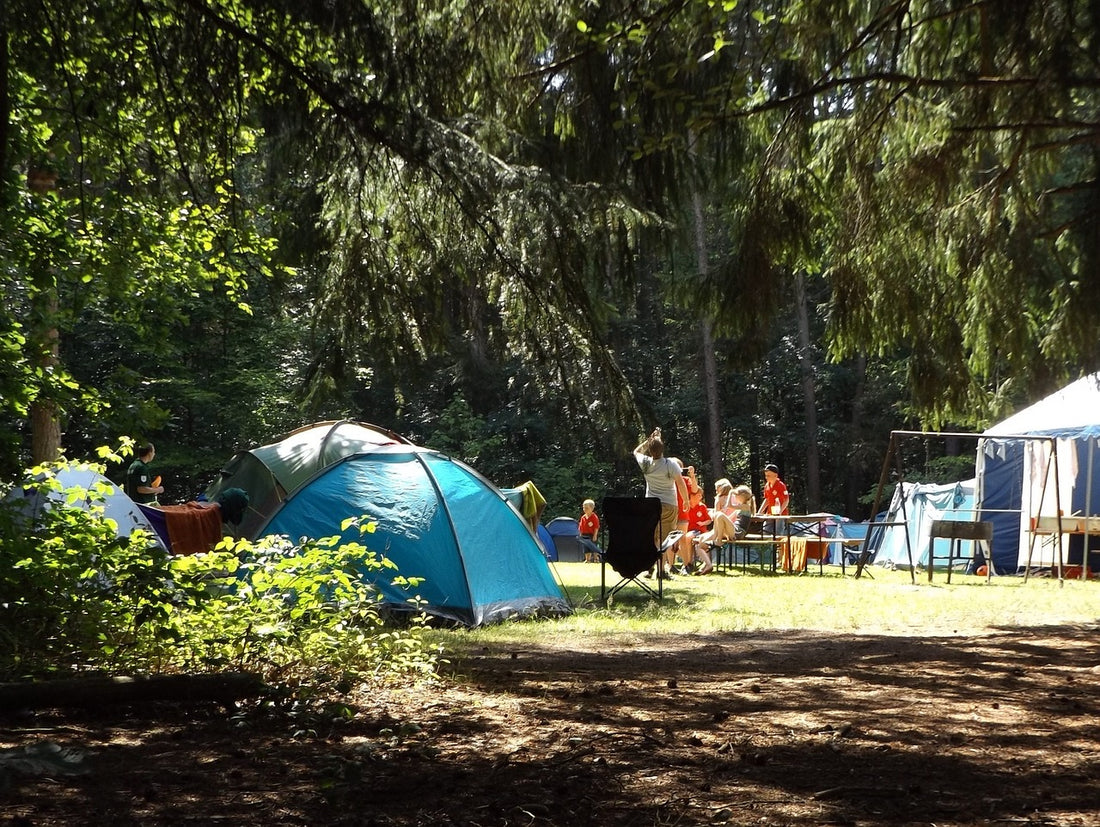
Summer Heat Camping: Mastering Coolness and Safety in Nature's Furnace
Share
Camping during the scorching summer months offers its own unique set of challenges and considerations. As the sun beats down relentlessly, it's crucial to take extra precautions to ensure your safety and comfort. By understanding the potential risks and implementing effective strategies, you can enjoy the beauty of nature while staying cool and hydrated. In this guide, we will explore the essential factors to consider when camping in extremely hot summer days, including choosing the right location, preparing suitable gear, staying hydrated, and prioritizing sun protection.
1. Selecting a Suitable Campsite
Choosing the right campsite is crucial when camping in extreme summer heat. Look for shaded areas or campsites with natural or man-made shade structures. Seek out locations near bodies of water, such as lakes or rivers, to take advantage of the cooling effects. Consider the elevation and opt for higher altitude campsites where temperatures tend to be slightly lower. Research the prevailing wind patterns and select a site that benefits from natural airflow. Additionally, check if the campsite offers amenities like swimming areas or access to water sources for easy hydration.
2. Gear Selection for Hot Weather
Proper gear selection plays a vital role in keeping you comfortable and safe during hot summer camping trips. Choose a tent that offers excellent ventilation or consider camping without one to promote airflow. Opt for lightweight and breathable clothing made of moisture-wicking fabrics that allow sweat to evaporate quickly. Wide-brimmed hats, sunglasses, and lightweight, long-sleeved shirts provide effective sun protection. Invest in a high-quality, insulated cooler to keep perishable foods and beverages chilled. Additionally, bring a portable shade canopy or umbrella to create additional shaded areas at your campsite.
3. Staying Hydrated
Staying hydrated is of utmost importance in hot weather. Drink plenty of water throughout the day, even if you don't feel thirsty. Carry an adequate supply of water and have a hydration plan in place. Consider using a hydration bladder or water reservoir to ensure easy access to water while hiking or exploring. Supplement your water intake with electrolyte-rich beverages to replenish essential minerals lost through sweating. Avoid excessive consumption of caffeine and alcohol, as they can contribute to dehydration. Monitor your urine color; pale yellow indicates proper hydration, while dark yellow suggests dehydration.
4. Sun Protection
Protecting yourself from the sun's intense rays is crucial in extreme summer heat. Apply a broad-spectrum sunscreen with a high SPF regularly, covering all exposed skin. Wear a wide-brimmed hat to shield your face, neck, and ears from direct sunlight. Use UV-protective sunglasses to shield your eyes from harmful rays. Seek shade during the hottest parts of the day, usually between 10 am and 4 pm. Consider using a lightweight, breathable sun shelter or setting up camp under a natural shade source, like trees. Be mindful of reflective surfaces, such as water or sand, which can intensify the sun's impact.
5. Heat Management and Cool-down Techniques
Managing the heat effectively is crucial to prevent heat-related illnesses. Take regular breaks in shaded areas or air-conditioned spaces if available. Use cooling techniques such as wetting bandanas or towels and placing them on your neck or forehead. Take advantage of swimming areas or natural water bodies to cool down. Consider using portable misting fans or handheld fans for personal cooling. Plan your activities during the cooler parts of the day, such as early morning or evening, and avoid strenuous activities during peak heat hours.
Embrace the summer challenge! With strategic planning, proper gear, and mindful choices, you can conquer the heat, stay safe, and create unforgettable memories while camping in extreme summer conditions.
